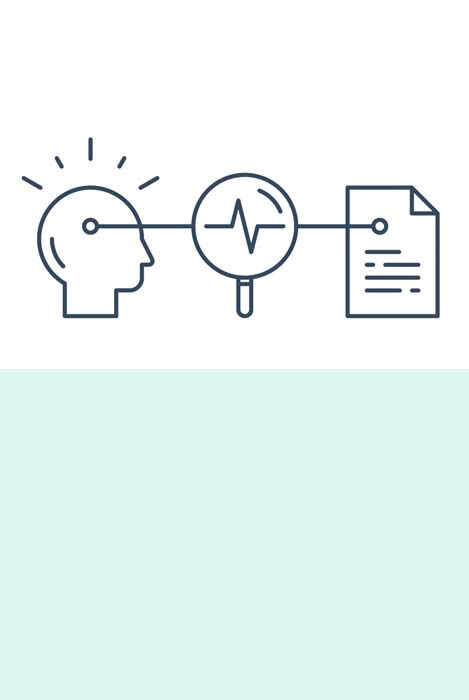BRIEF STRATEGIC THERAPY EFFICACY FOR THE TREATMENT OF PANIC DISORDER

Autore:
Garcia Ramos, D., Jackson, J. B., & Rodríguez Lara, F. J.
Anno:
2025
Editore:
Society for Psychotherapy Research Annual Conference, Krakow, Poland. [Paper presentation]
Collana:
Approximately 1.7% of people meet criteria for panic disorder at some point in their lives. The purpose of this study was to evaluate the effectiveness of brief strategic therapy for the treatment of panic disorder in Mexico. A pretest-posttest design was implemented with data collected prior to treatment, after each of the 10 sessions, and at termination, with follow-up data collected at 3 months, 6 months, and 12 months. Fifty-five participants with panic disorder participated in the study. Inclusion criteria were as follows: 18 years or older, no recent changes in pharmacological regimen, no psychotherapy in the last 8 weeks, no comorbid substance use disorder, and not at risk of suicide. The measures included the Hamilton Anxiety Rating Scale (HARS), Panic and Agoraphobia Scale (PAS), and the Severity of Illness (SI) subscale from the Clinical Global Impression Scale. All the following standardized mean difference effects (d) were statistically significant at the p < .001 level (d values greater than 0.8 = large, greater than 1.2 = very large, greater than 2.0 = huge, and greater than 4.0 = nearly perfect). The difference between pretreatment and posttreatment scores were as follows: HARS = -3.37, PAS = -3.58, SI = -4.87. The following effect sizes for the difference between pretreatment and 12-month follow-up indicated participants maintained improvements on average up to one year after treatment: HARS = -3.94, PAS = -3.85,
